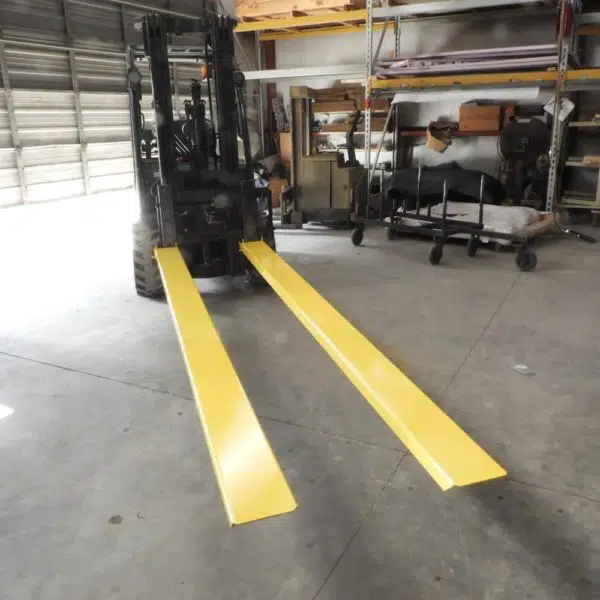In today’s business and manufacturing world, it is critical to have systems in place in your plant to increase efficiency, reduce waste, and create quality products.
Manufacturing in the United States is expected to continue rising. Many expect the United States to take the top spot in the Global Manufacturing Competitiveness Index (GMCI) this year.
What does this mean for American manufacturing?
It means as global and American manufacturing companies continue to expand and innovate, cost competitiveness and workforce productivity will be critical for manufacturing companies.
Companies with the most efficient systems and the least amount of waste will rise to the top and have an advantage over both national and international competition.

And ultimately, this leads to better products, happier customers, and larger profits for your business.
So, how can manufacturing companies continue reducing waste and increasing efficiency?
There are many paths, but the Lean Manufacturing system is a great place to start!
Proven to reduce waste by up to 80% while increasing labor productivity by up to 50%, the Lean Manufacturing system is a proven way to increase your plan’s efficiency, and hence your profits.
In this article, Iron Bull Manufacturing will look at the 7 types of waste in Lean Manufacturing and 7 ways to reduce these wastes in your plant.
If you haven’t read our blog post on the 5 Lean Manufacturing Principles and 10 Tools You Need For Your Manufacturing Plant, we encourage you to read that article first as an introduction to this article.
Alright, let’s learn how to reduce waste and be more competitive!
Table of Contents
7 Types of Lean Manufacturing Waste -
Waste of Defects
The waste of defects is often one of the biggest and most apparent wastes in a company’s process, mostly because it is so visible and critical. After all, if you have a lot of defective products, your profits and plant quickly feel the consequences. Each one of those defective products is a loss of time and money.
What is one of the primary keys to getting rid of the waste of defects?
When you have a defective part or product, it is often easy to look for “band-aid solutions.” These are the temporary solutions for a quick fix to get the manufacturing back on track.
However, there is a problem with these band-aid solutions - they are usually temporary, and often the defect pops up again.
A better approach is to take a hard, honest look at the issue causing the defect and get to the root of the problem.
Do you need to completely overhaul a process? Do you need to upgrade your equipment? Do employees need better training with the process or machinery?
Whatever is causing the defects, finding the root cause is the best long-term solution. Yes, it takes more time and energy, but it results in long-term success and eliminates the nagging breakdowns.

Waste of Transport
Transport refers to any movement of raw materials, finished products, or parts within a plant.
Transporting products can be as complicated as receiving raw materials from across the globe. It is also as simple as moving a partly finished product with a forklift in your shop.
How can transportation be wasted?
The more you move your raw materials around before arriving at your shop, the more possibility you have for waste. This waste includes losing a shipment, raw materials lost during delivery, paying higher shipping costs, etc.
In your shop, wasted transportation might be moving parts in ways that are cumbersome, inefficient, or even dangerous.
To see if you have a waste of transport, take one of your products and map its path from raw materials to the finished product. Look carefully at the map and see if there are steps that should be eliminated, redesigned, or otherwise modified.
One method that many woodworking and metal fabricating shops are implementing to reduce the waste of transport and scrap storage is the use of scrap hoppers. Scrap hoppers come in a variety of sizes - including smaller sizes designed to be beside or under workstations for quick storage and removal of scrap.
Whether it is self-dumping hoppers, sleek low-profile hoppers, or space-efficient bottom dump hoppers, these hoppers allow efficient storage, movement, and dumping of your scraps or raw material.
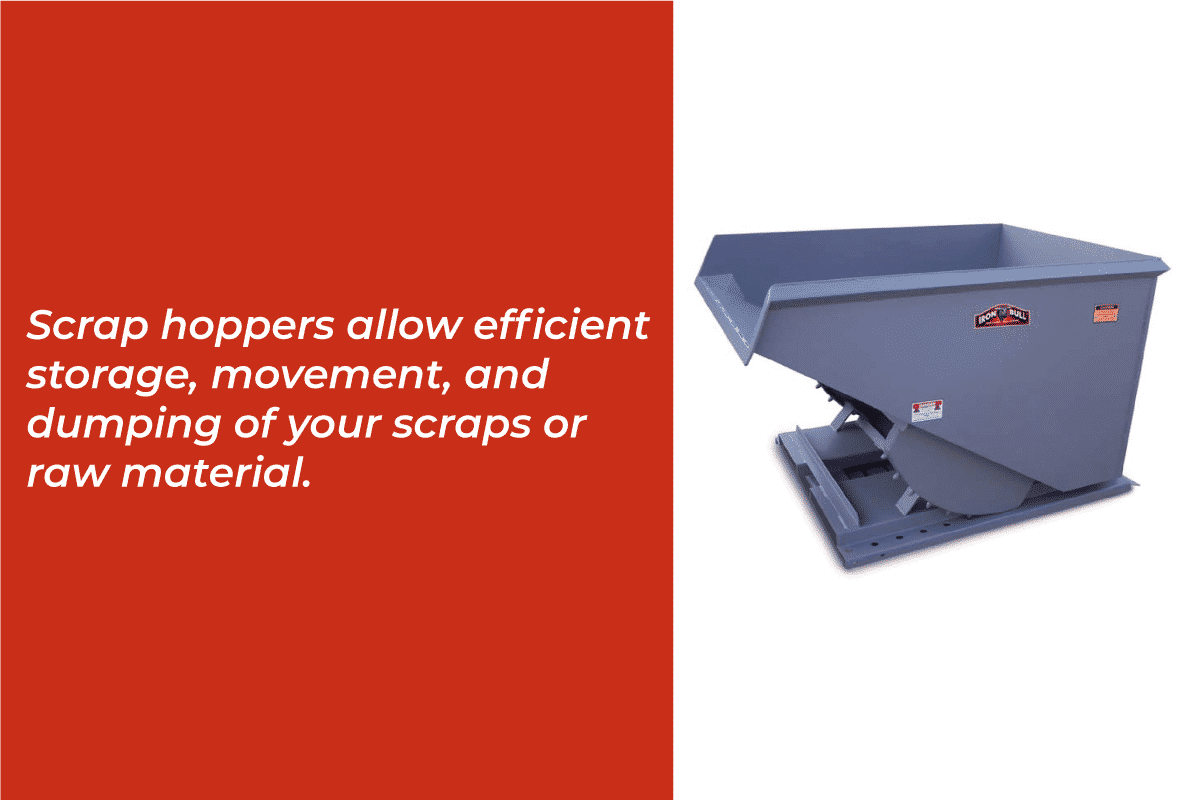
Waste of Motion
Waste of motion may seem similar to waste of transport, but there are several differences between the two.
Waste of motion refers to any action or process, whether it is machine or human, not adding to the efficiency or overall process.
In other words, it is any unnecessary movement that wastes time, resources, or value.
Many companies want to get more value from their employees, but they don’t know where to start. Whether you have 10 employees or 10,000; the idea of having everyone be a little more efficient sounds great, but it’s hard to know where to start.
So, where do you begin?
Similar to waste of transport, begin by taking a process in your plant and mapping out all the steps - both human and machine. If you don’t know the steps, set up a video camera to record the process and develop the map.
Then, look through the entire process and determine what steps could be wasteful. You should modify or eliminate these steps.
Similar to the waste of transport, custom hoppers are an excellent way to efficiently move products, raw materials, or scrap around your shop.
For example, if you are a woodworking shop and finding wasted motion with your sawdust collection and removal, consider implementing a sawdust hopper that stores and dumps sawdust easily and efficiently.
Or, if you are a metal fabricating shop that works with long pieces of metal, consider a stretch hopper that allows for quick and easy movement of long pieces of product or materials.
Waste of Inventory
One of the main principles of Lean Manufacturing is developing a Pull System instead of a Push System.
Push Systems consist of having a large stockpile of inventory on hand. Pull Systems, on the other hand, focus on having minimal inventory and then ramping up production as necessary to meet demand. That way inventory doesn't build up in your warehouse.
The Pull System combats the waste of inventory. When a company has a large stockpile of inventory, it means they are wasting capital and storage space on a product that is taking up precious warehouse room.
What is the biggest problem with too much inventory?
Market forecasts usually drive production and inventory. However, if these forecasts are wrong, companies are stuck with the inventory and either need to discount or liquidate the product, neither of which is a great option.
So what should be the focus of an efficient company?
Focus on having efficient production systems capable of increasing or decreasing production without losing momentum. This allows inventory levels to remain constant and products to continually be meeting demand.
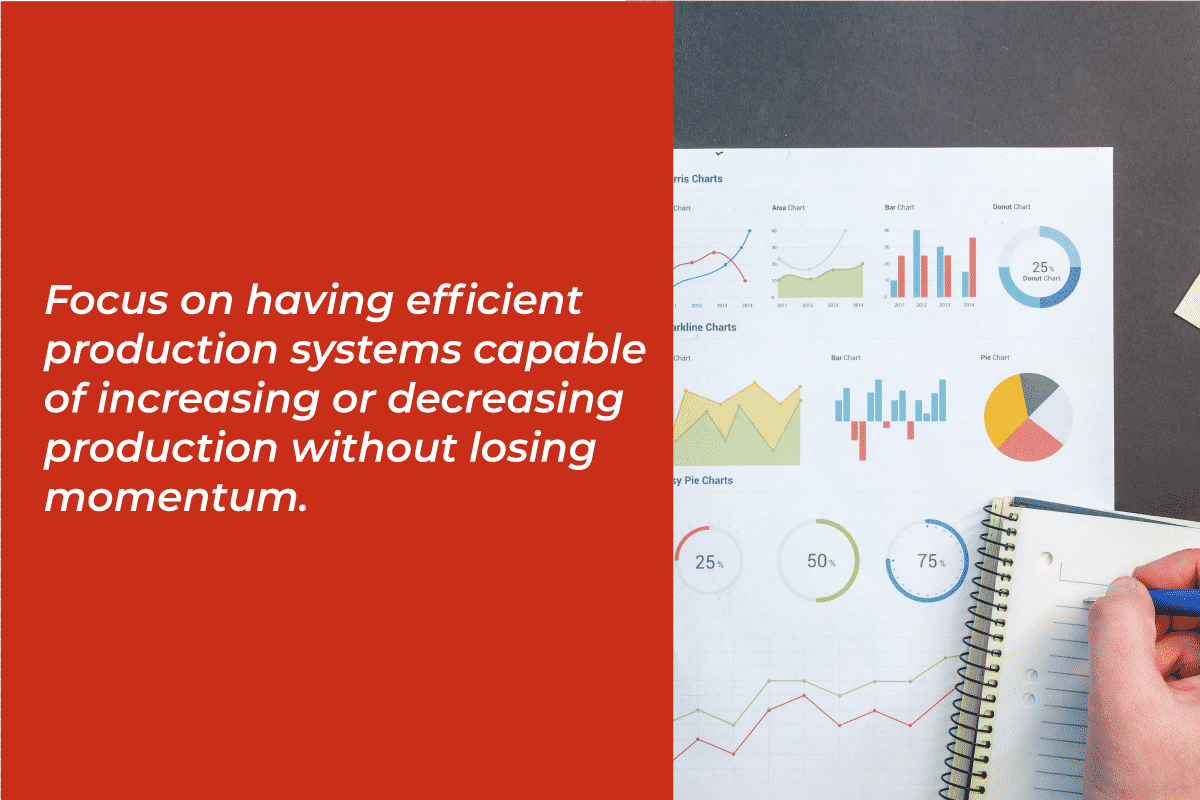
Waste of Overproduction
Overproduction is a close cousin to waste of inventory, and waste of inventory is often a direct result of the waste of overproduction.
So, what is the waste of overproduction?
Many companies assume the most efficient way to produce material is bulk production. If their equipment or employees perform a specific task for a set amount of time, it makes everything efficient and smooth.
There is some truth to this, but it has its downside as well - overproduction.
Unless there is a shortage or unusually high market demand, overproduction often results in a sudden overstock of inventory and products. This results in either waste of inventory or flooding the market and devaluing the product.
How do you combat this waste?
Set up efficient manufacturing by eliminating waste of transport and the waste of motion. This helps your plant produce 100 units just as efficiently as 1000 units. As the orders ramp up, your team is ready to meet the increase with ease.
Waste of Overprocessing
Overprocessing is doing unnecessary work in the production of your products and materials.
This waste occurs in many different forms - using too much raw material and ending up with unnecessary scrap, wasting human or machine time with inefficient processes, increasing machinery use and maintenance without producing more products, etc.
No matter the form it takes, the waste of overprocessing means you are losing either time or raw materials and may be able to produce the same product with less time and fewer materials.
To combat this waste, work with your team to develop processes for their products. Make the processes easy to understand, simple, and efficient.
When processes are in place, it allows employees to know they are not wasting time or resources. It also creates routines that become internalized, making work easier and less stressful for the employees.
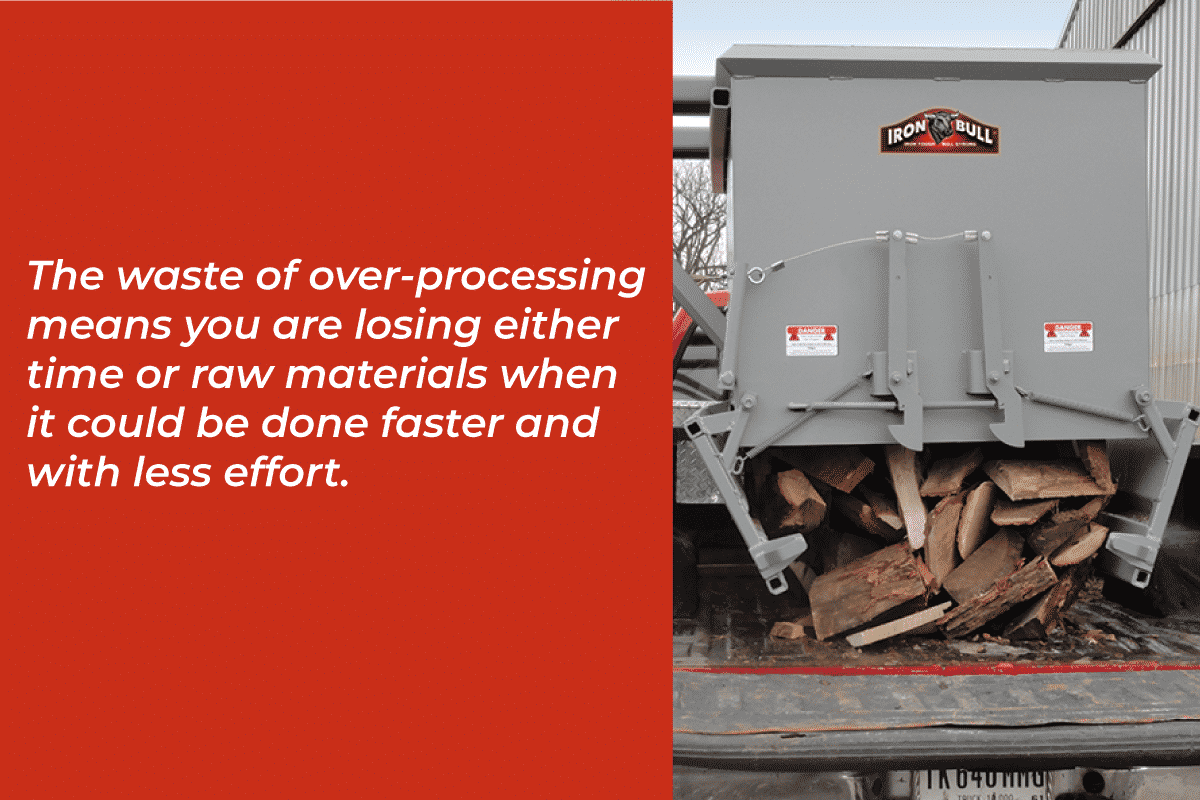
Waste of Waiting
Nothing hurts a company’s reputation or productivity more than the waste of waiting.
For example, what happens to the customer who purchases a product, but you have to come back and tell them shipping was delayed a week because manufacturing isn’t working correctly?
Or what about the workstation in your plant that is always waiting on parts from another department? Those employees are getting paid to stand around!
The waste of waiting is usually a product of several other wastes. Eliminating the previous six wastes puts you well on your way to eliminating this waste in the process.
However, if you have an efficient system but still find parts of your business hurting from waiting, then break down the previous steps to find the real culprit and fix the underlying issue.

7 Ways to Reduce Waste -
After looking over the 7 wastes of lean manufacturing, let’s take a look at 7 ways to reduce these wastes in our business or manufacturing plant.
Perform Waste-reduction Audits
Many of the wastes have to do with unnecessary motions, movements, or products. The best way to eliminate these kinds of wastes is by performing careful audits of the processes in your plant, then taking steps to eliminate the waste.
Start by taking a product or process that you know is not efficient. From start to finish, make a list of EVERY step involved.
Depending on the product, the list might be long. A long list is fine - the more detailed your list, the better your waste reduction will be.
Once you have it mapped out from beginning to end, go through each step and look for waste. Are there steps or movements to be consolidated, made more efficient, or eliminated?
This method is also an excellent way to find the source of defects and overprocessing waste.
Performing these audits is one of the best ways to guarantee a more productive and efficient system in your plant.
Set Waste-reduction Goals with KPI's
After you’ve taken a process or product through the waste-reduction audit, now it is time to set clear goals and establish some Key Performance Indicators (KPIs).
In setting your goals, remember to use the SMART method. Goals that are…
- Specific
- Measurable
- Attainable
- Relevant
- Time-specific
Setting goals and tracking them closely with KPIs helps everyone know what the end goal is and how close the team is to reaching those goals.
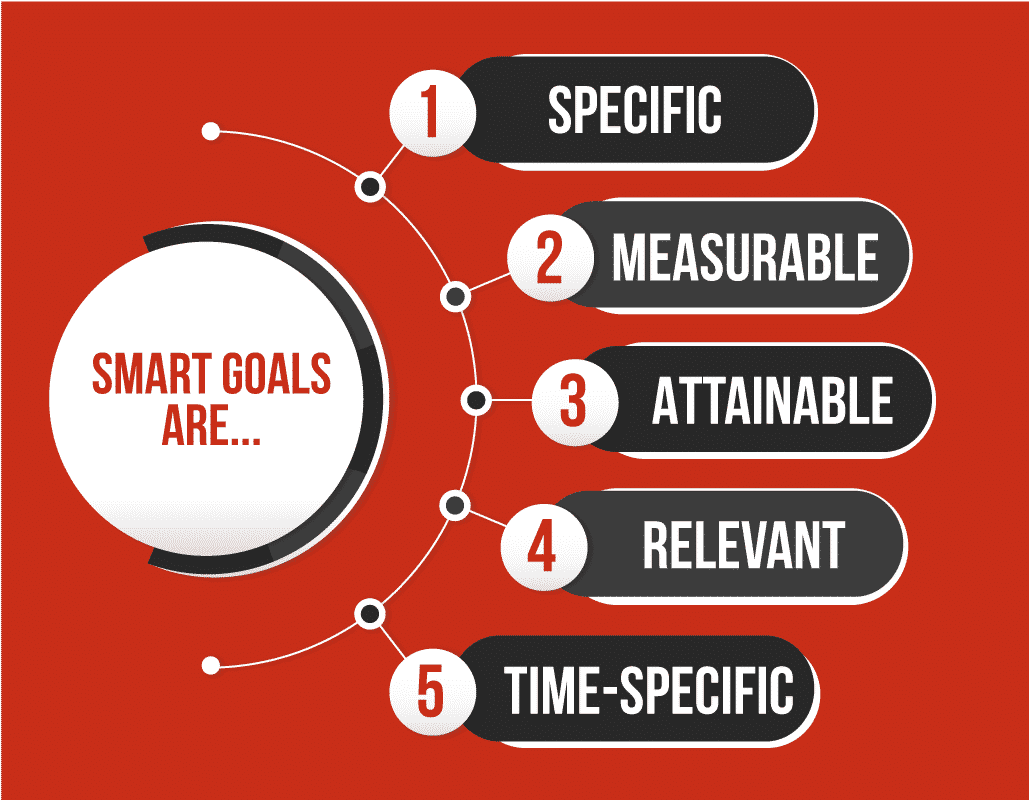
Assign Clear Responsibility
Along with the SMART goals, make sure it is just as clear who is responsible for each plan of action to achieve these goals.
The more complex your process is, the more crucial it is to know clearly who is responsible for it.
For example, let’s assume you have a product that passes through four different workstations before completion.
In your team’s audit, you may have set a primary waste-reduction goal for each workstation. However, if the workers and foreman at the workstations don’t know the expectations, the goals are useless and the waste continues like normal.
Make sure each affected team member is involved, has buy-in, and also has input on the goals and waste reduction strategy.
Involve the Whole Company
When it comes to getting on top of waste, everyone in the company or division needs to be on board down to the last employee.
If only management is involved in the process, the ground-floor employees won’t have buy-in and will be slow to embrace and implement the waste-reduction strategies. And it's often the ground-floor employees that will actually have to make the change.
On the flip side, if management isn’t informed or told about changes, they may see the changes as breaking protocol and shut down the changes.
Involving the whole company or division ensures everyone is on the same page and working towards a common goal.
Focus on Training & Education
Training and education are the best tools to keep your team using the same methods, processes, and strategies across the board.
It doesn’t matter if the training is how to use a specific tool, safety training, or improving company culture - continual training is a proven way to make your team and company better.
As you look over your waste-reduction plans and goals, think about the training available to teach about solving these issues.
Is a particular machine a significant source of waste? If it is, then make sure your employees are trained to operate and maintain the machine with 100% confidence.
Is the problem poor communication between workstations? If so, implement applicable communication technology or train your team on better interpersonal communication skills.
Whatever the source of your waste, there is valuable training available for your team!

Recognize Employee Achievements
A great way to get the whole team involved, especially the employees on the ground floor, is by giving incentives to those who recognize and implement waste-reduction tactics.
Incentives can be a tricky thing - you don’t want team members to cut corners or sacrifice quality to get a reward. You also don't want them to introduce strife between your employees.
Still, incentives are useful in creating a positive company culture that recognizes efficient work.
Establishing incentives and positive recognition helps employees see that management is serious about reducing waste and willing to give special recognition to those who do their part.
Use Outside Consultants or Auditors
If you have done an in-house waste audit and tried implementing some changes, but you aren’t meeting your goals and the KPIs aren’t changing, then you may need outside help.
Hiring experienced technicians, auditors, or engineers gives a considerable boost to finding the areas of waste and how to address them.
Not only does it provide a fresh set of eyes to look at the problems, but it also brings in outside experience and different methods. Many industry consultants have been in dozens of plants similar to yours, and they know the best methods, practices, and processes for your industry.
Some managers object to outside help because of the cost, or because they view it as “giving up.” The truth, however, is that some struggling companies can’t afford to hire outside help. And asking for help when you are struggling is never giving up!
Why does it make sense to hire a consultant if you are struggling financially?
When a 3rd-party consultant saves a company time, resources, or labor in the plant, they usually find the waste reduction and increased profitability quickly pays for the expert’s time and knowledge.

Conclusion -
Those who win in the manufacturing world, or any industry, are those who analyze their internal processes and make necessary changes.
Any company that never changes its internal processes will find itself losing ground over time and falling behind.
Thankfully, your company can rise to the challenge and excel!
At Iron Bull Manufacturing, we are always working to help our clients be more efficient in their processes and systems.
To help efficiently manage, store, and move materials, products, and scrap; we offer a variety of hoppers that work with a forklift or pallet jack.
Whether it is our self-dumping hoppers, bottom dump hoppers, or specialty hoppers that we make specifically for your shop, we continue to help our clients win with excellent processes, products, and customer service!
We also provide a variety of tractor shade canopies, including:
- John Deere ROPS and tractor canopies
- International ROPS and tractor canopies
- Oliver tractor canopies and support frames
- Massey-Ferguson tractor canopies and support frames
- Ford tractor canopies and support frames
Knowing and addressing the Lean Manufacturing wastes in this article, or implementing the main principles and tools of Lean Manufacturing discussed in our previous post, helps make any company and industry more efficient, safer, and more profitable.
Iron Bull Manufacturing first began serving its customers in 1994 when Crist King started a farm machinery shop in Lancaster, PA. In 2002, the King family moved to their present location in Marshall, IN.
Because the machine business was “feast or famine” depending on the time of year and corresponding farm work, the company decided to branch into creating self-dumping hoppers.
They had some experience repairing hoppers and dumpsters, but they wanted to create their own line of quality hoppers that they could manufacture and sell. To help them start this hopper line, Joe Glick joined the company. Joe had experience with metal manufacturing after starting and selling his own manufacturing business.
Creating a new product line of self-dumping hoppers was not easy. It required research, making prints, building custom jigs and equipment, and significant time in development.
The name “Iron Bull” was chosen to reflect what the company wanted for every customer experience: Quality products that are tough and strong.
After doing some custom work on tractor canopies, Iron Bull began its line of tractor canopies and frames in 2015. Like the hoppers, this initially required a lot of research and new equipment.
With the emphasis being on safety, Iron Bull worked hard to have their tractor equipment ROPS certified. Today Iron Bull is proud to offer ROPS certified tractor frames and canopies that look like the original tractor parts.
Today, Iron Bull continues to live up to its name by creating well-built products that are safe, strong, and efficient.
They continue to work hard to listen to their customers, to continue their research and learning, and to continue getting better at serving their customers by creating quality self-dumping hoppers and tractor canopies and ROPS equipment.
Contact us today to have your expectations exceeded by the Iron Bull Manufacturing experience!
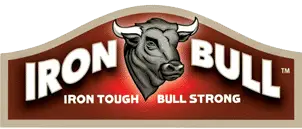
Thank you for visiting us! If you have any questions, don’t hesitate to ask.
“I’ve been worrying about my grandson mowing with the tractor. We decided a couple thousand dollars is money well spent to keep him safe”
- A caring Grandpa

